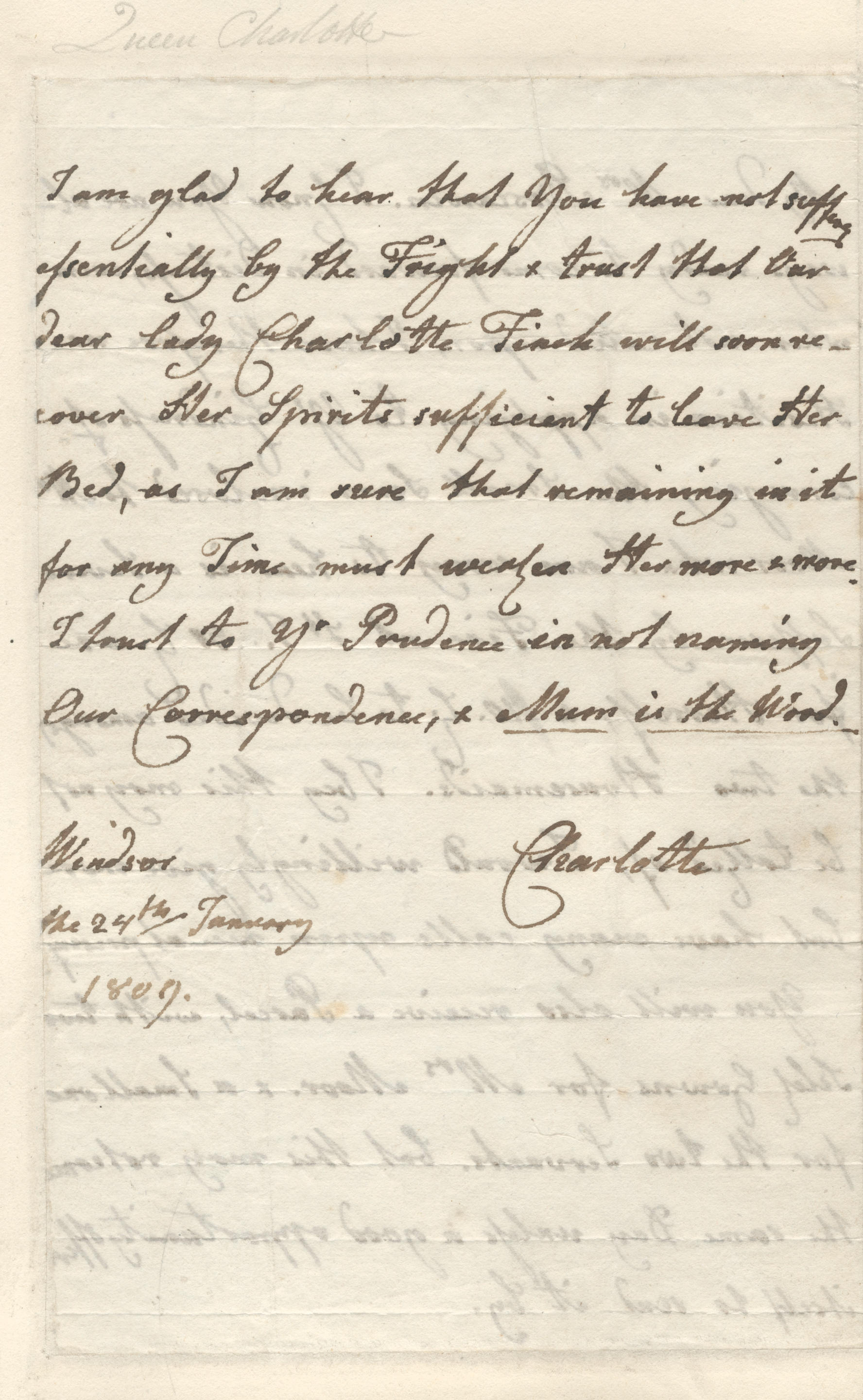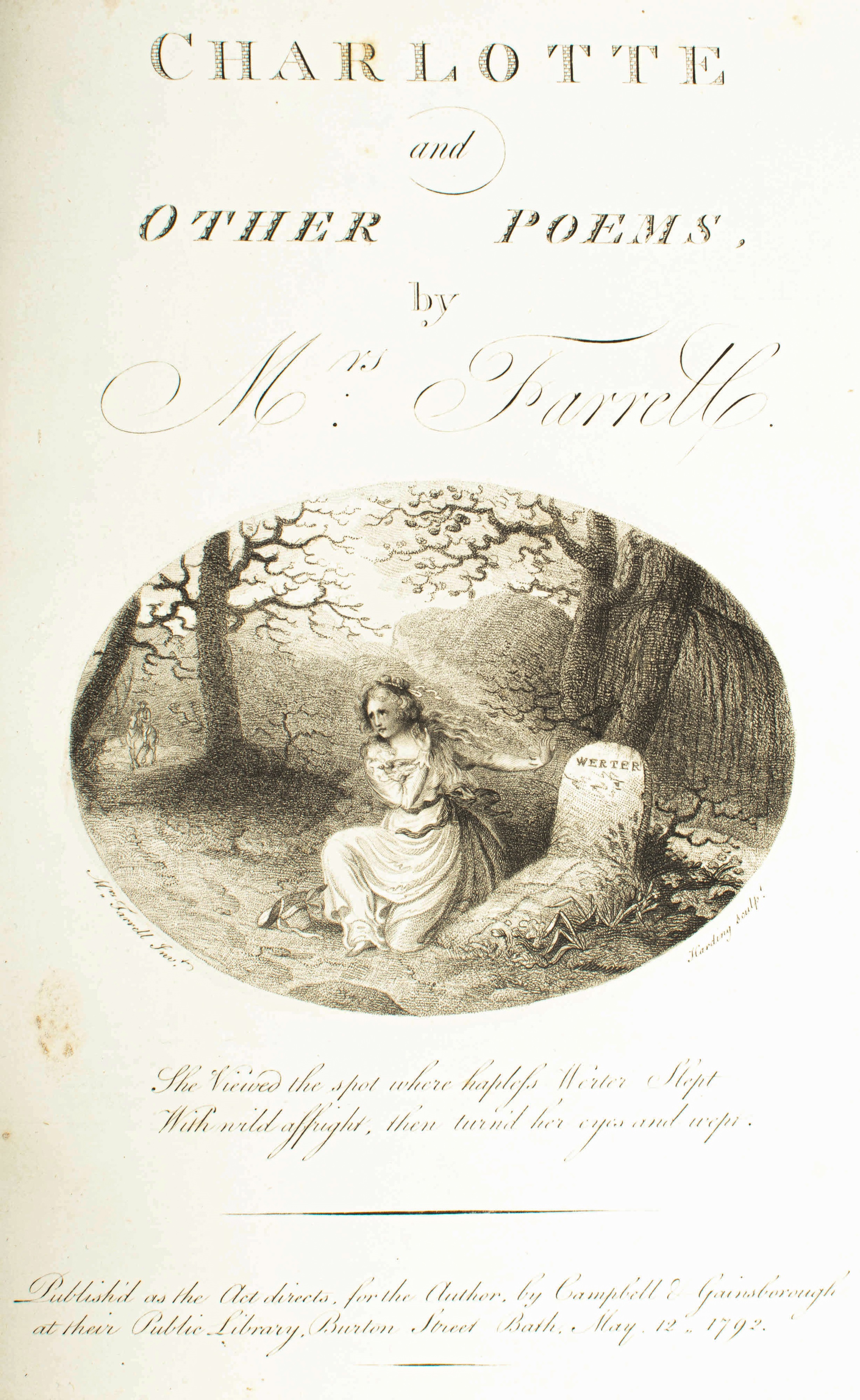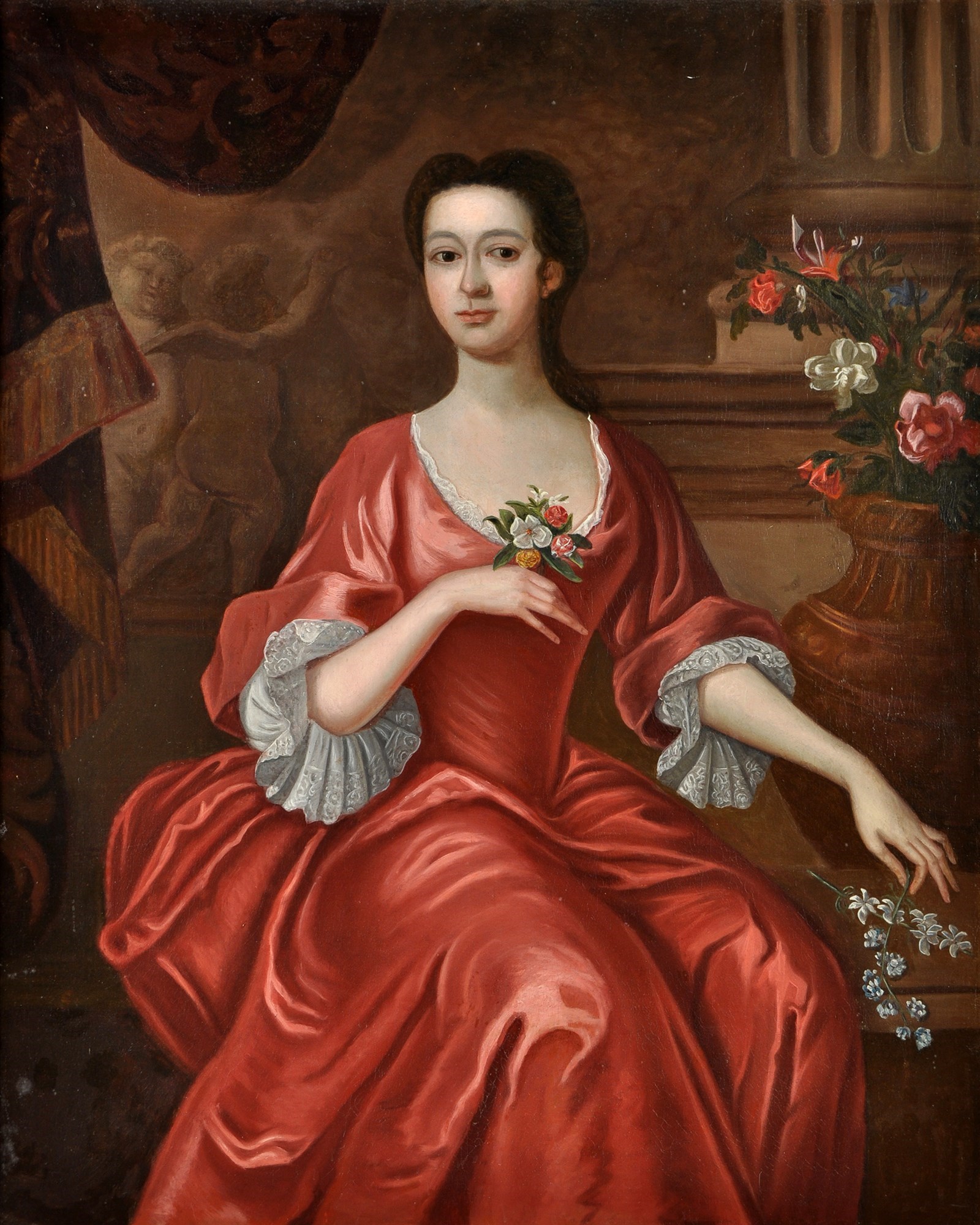FINCH, Lady Charlotte and GEORGE IV, King of England (1762-1830)--A collection of manuscript and printed maps mounted on card or thin sheets of wood, and cut as jigsaws, contained in rectangular mahogany cabinet with 2 doors opening to reveal 14 shallow drawers with ring handles, titled in manuscript, with brass carrying-handles on shaped escutcheons, the whole set on a fall-front cabinet with 3 further drawers, on square legs with applied brackets, the manuscript maps by Lady Charlotte Finch [?and others], the printed maps by Spilsbury and others. (Some pieces lightly rubbed or worn, some maps incomplete, top of cabinet marked, upper right corner skilfully restored.) Provenance : Lady Charlotte Finch (19th-century manuscript note on inside of cabinet door); Lady Juliana Fermor (sister of Lady Charlotte Finch, married Thomas Penn, the son of William Penn); Mary Juliana Stuart (granddaughter of Lady Juliana Fermor, married Thomas, 2nd Earl of Ranfurly); the Earls of Ranfurly, and by descent to the present owner. PROBABLY THE FIRST JIGSAW PUZZLE MAPS - AND THEREFORE THE FIRST JIGSAW PUZZLES - INVENTED TO TEACH GEORGE IV AND HIS SIBLINGS GEOGRAPHY BY THEIR GOVERNESS. The provenance note pinned to the cabinet door states: 'Cabinet belonging to Lady Charlotte Finch (sister to Lady Juliana Penn) Governess to the children of George the Third[.] She was the inventor of dissecting maps & those in this cabinet were expressly made for, & always used in teaching Geography to George the fourth, his Brothers & Sisters'. Lady Charlotte Finch was the daughter of the Earl of Pomfret and second wife of Sir William Finch P.C., M.P., and was appointed Prince George's governess at his birth. She 'was to preside over the nursery of all the royal children for thirty years and [...] was affectionately known to them as ''Lady Cha''. A more constant presence than their parents in an age when aristocratic children saw them only on special occasions, she provided much of the adult company the royal children enjoyed' (E.A. Smith George IV . New Haven and London: 1999, p.2). Linda Hannas' The English Jigsaw Puzzle 1760-1890 (London: 1972) credits John Spilsbury (the maker of the present maps of Ireland and Scotland, neither of which are listed in her 'Check-list' of surviving jigsaw maps), with the invention of the jigsaw puzzle, admitting that 'facts have been difficult to establish and there are gaps' (p.15). However, this cabinet and the maps that it contains appear to provide the key to the riddle of the invention of jigsaw puzzles. It would seem probable that Lady Charlotte Finch invented the basic puzzles on pasteboard or wood included in the lot, drawing out the maps by hand first and then having them dissected. The next step would be to use a hand-coloured printed map, of a type readily available, instead of potentially inaccurate maps drawn in sombre pen. The obvious supplier of such maps would have been Thomas Jeffreys, the geographer to George III, whose apprentice between circa 1753 and 1760 was John Spilsbury, whose artist brother Jonathon had been granted sittings by George III as Prince of Wales in 1759 (cf. Hannas op . cit . p.16). Jeffrey's apprentice must have seen the commercial possibilities of Lady Charlotte Finch's invention, and started producing puzzles which enjoyed great success and remained the sole subject of jigsaw puzzles for 'about twenty years' (Hannas op . cit . p.21), becoming one of the most popular educational novelties in the late 18th and 19th centuries, doubtless made fashionable by the royal children's use of them. The jigsaw maps comprise into three groups: a manuscript map of Europe drawn on pasteboard; a manuscript map of Italy drawn on thin wood sheet circa 3mm. thick; 12 printed maps of various countries and continents, some hand-coloured, laid down on thin wood sheet, those of Ireland and Scotland signed 'Spilsbury , Engraver, , Map & Print-Seller' and dated '176 ' (sic), those of England and Wales, Scotland
FINCH, Lady Charlotte and GEORGE IV, King of England (1762-1830)--A collection of manuscript and printed maps mounted on card or thin sheets of wood, and cut as jigsaws, contained in rectangular mahogany cabinet with 2 doors opening to reveal 14 shallow drawers with ring handles, titled in manuscript, with brass carrying-handles on shaped escutcheons, the whole set on a fall-front cabinet with 3 further drawers, on square legs with applied brackets, the manuscript maps by Lady Charlotte Finch [?and others], the printed maps by Spilsbury and others. (Some pieces lightly rubbed or worn, some maps incomplete, top of cabinet marked, upper right corner skilfully restored.) Provenance : Lady Charlotte Finch (19th-century manuscript note on inside of cabinet door); Lady Juliana Fermor (sister of Lady Charlotte Finch, married Thomas Penn, the son of William Penn); Mary Juliana Stuart (granddaughter of Lady Juliana Fermor, married Thomas, 2nd Earl of Ranfurly); the Earls of Ranfurly, and by descent to the present owner. PROBABLY THE FIRST JIGSAW PUZZLE MAPS - AND THEREFORE THE FIRST JIGSAW PUZZLES - INVENTED TO TEACH GEORGE IV AND HIS SIBLINGS GEOGRAPHY BY THEIR GOVERNESS. The provenance note pinned to the cabinet door states: 'Cabinet belonging to Lady Charlotte Finch (sister to Lady Juliana Penn) Governess to the children of George the Third[.] She was the inventor of dissecting maps & those in this cabinet were expressly made for, & always used in teaching Geography to George the fourth, his Brothers & Sisters'. Lady Charlotte Finch was the daughter of the Earl of Pomfret and second wife of Sir William Finch P.C., M.P., and was appointed Prince George's governess at his birth. She 'was to preside over the nursery of all the royal children for thirty years and [...] was affectionately known to them as ''Lady Cha''. A more constant presence than their parents in an age when aristocratic children saw them only on special occasions, she provided much of the adult company the royal children enjoyed' (E.A. Smith George IV . New Haven and London: 1999, p.2). Linda Hannas' The English Jigsaw Puzzle 1760-1890 (London: 1972) credits John Spilsbury (the maker of the present maps of Ireland and Scotland, neither of which are listed in her 'Check-list' of surviving jigsaw maps), with the invention of the jigsaw puzzle, admitting that 'facts have been difficult to establish and there are gaps' (p.15). However, this cabinet and the maps that it contains appear to provide the key to the riddle of the invention of jigsaw puzzles. It would seem probable that Lady Charlotte Finch invented the basic puzzles on pasteboard or wood included in the lot, drawing out the maps by hand first and then having them dissected. The next step would be to use a hand-coloured printed map, of a type readily available, instead of potentially inaccurate maps drawn in sombre pen. The obvious supplier of such maps would have been Thomas Jeffreys, the geographer to George III, whose apprentice between circa 1753 and 1760 was John Spilsbury, whose artist brother Jonathon had been granted sittings by George III as Prince of Wales in 1759 (cf. Hannas op . cit . p.16). Jeffrey's apprentice must have seen the commercial possibilities of Lady Charlotte Finch's invention, and started producing puzzles which enjoyed great success and remained the sole subject of jigsaw puzzles for 'about twenty years' (Hannas op . cit . p.21), becoming one of the most popular educational novelties in the late 18th and 19th centuries, doubtless made fashionable by the royal children's use of them. The jigsaw maps comprise into three groups: a manuscript map of Europe drawn on pasteboard; a manuscript map of Italy drawn on thin wood sheet circa 3mm. thick; 12 printed maps of various countries and continents, some hand-coloured, laid down on thin wood sheet, those of Ireland and Scotland signed 'Spilsbury , Engraver, , Map & Print-Seller' and dated '176 ' (sic), those of England and Wales, Scotland










Try LotSearch and its premium features for 7 days - without any costs!
Be notified automatically about new items in upcoming auctions.
Create an alert